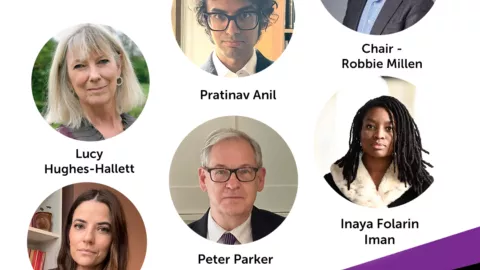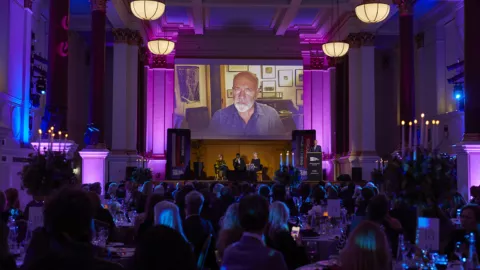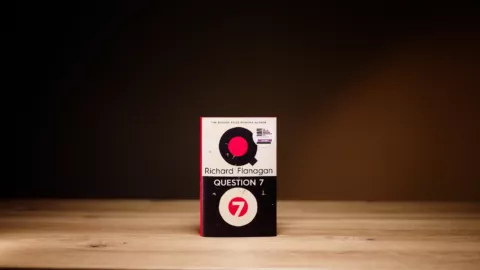
Jonathan Blitzer Longlist Interview
9 October 2024
Francesca Wade, author of Square Haunting: Five Women, Freedom and London Between the Wars tells us how she brought the stories of these five women together.
What does it feel like to be longlisted?
It’s very exciting! I spent five years working on this book, and it’s been such a pleasure to finally share the lives of these fascinating women, who grappled with so many problems and dilemmas that resonate deeply today. I’m so glad that their stories appeal to others — they have certainly been wonderful company for me.
What is your favourite non-fiction book and why?
Adrienne Rich’s On Lies, Secrets and Silence shaped my understanding of the importance of recovering women’s stories and challenging the way history is written, and whose perspectives are left out — ideas which preoccupied all the women I write about, from H. D.’s retellings of ancient myths to Eileen Power’s democratic study of ‘the kitchens of history’, Medieval People. And I read Angela Carter’s The Sadeian Woman at university — written alongside The Bloody Chamber, her darkly witty feminist revisionings of fairytales, and hugely controversial when it was published in 1979 — which set in motion much of my thinking about power, symbol and imagination.
How did you conduct your research?
Researching each of my subjects posed different challenges. Virginia Woolf is of course so well-known, and left an enormous, rich trove of diaries and letters, while Jane Harrison and Eileen Power — ironically, since their work centred on excavating lost histories — destroyed most of their personal papers, leaving tantalising gaps in the record. H. D. — encouraged by her analyst, Sigmund Freud — invented herself over and over again in novels and memoirs she wrote and rewrote throughout her life; it’s impossible to disentangle fact from fiction. I spent time in archives across the world, and corresponded with many scholars, collectors, family members and librarians: I hoped that by placing these women’s lives together, I would be able to uncover connections that would deepen an understanding of each individual, and foreground the sense of community, across time and place, that was so important to each of them.
Other than at one point all living in the same square in Bloomsbury, what is the common thread that ties these women together?
Each of the women in this book came to Mecklenburgh Square at a moment of transition in her life, seeking a way of living which would enable her to write and work as she desired — the elusive ‘room of one’s own’ that Virginia Woolf described as essential for the woman artist. In their lives and in their work they aimed to challenge preconceptions and break down the boundaries that had long circumscribed women’s creativity and aspirations. All were attempting to find a compromise between emotional and intellectual fulfilment — an answer to the question, as Dorothy L. Sayers put it, of how ‘women cursed with both hearts and brains’ might make their way in a society still limited in its expectations for women.
What are you working on next?
I’m exploring a couple of ideas for new projects: a book about Gertrude Stein and the way her legend was constructed in and beyond her lifetime, examining the nature of memory, legacy and biography itself; and another group biography, focusing on poets and activists in 1970s New York.

10 April 2025

17 December 2024

19 November 2024